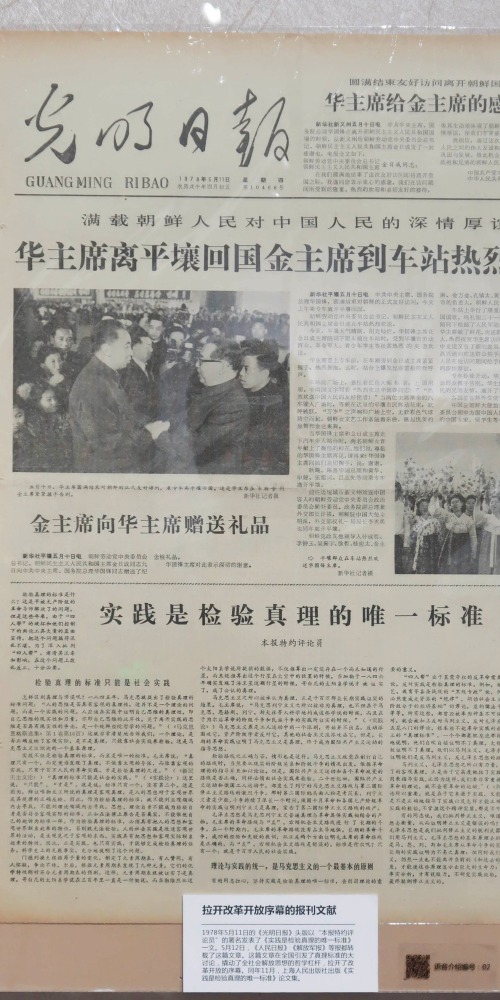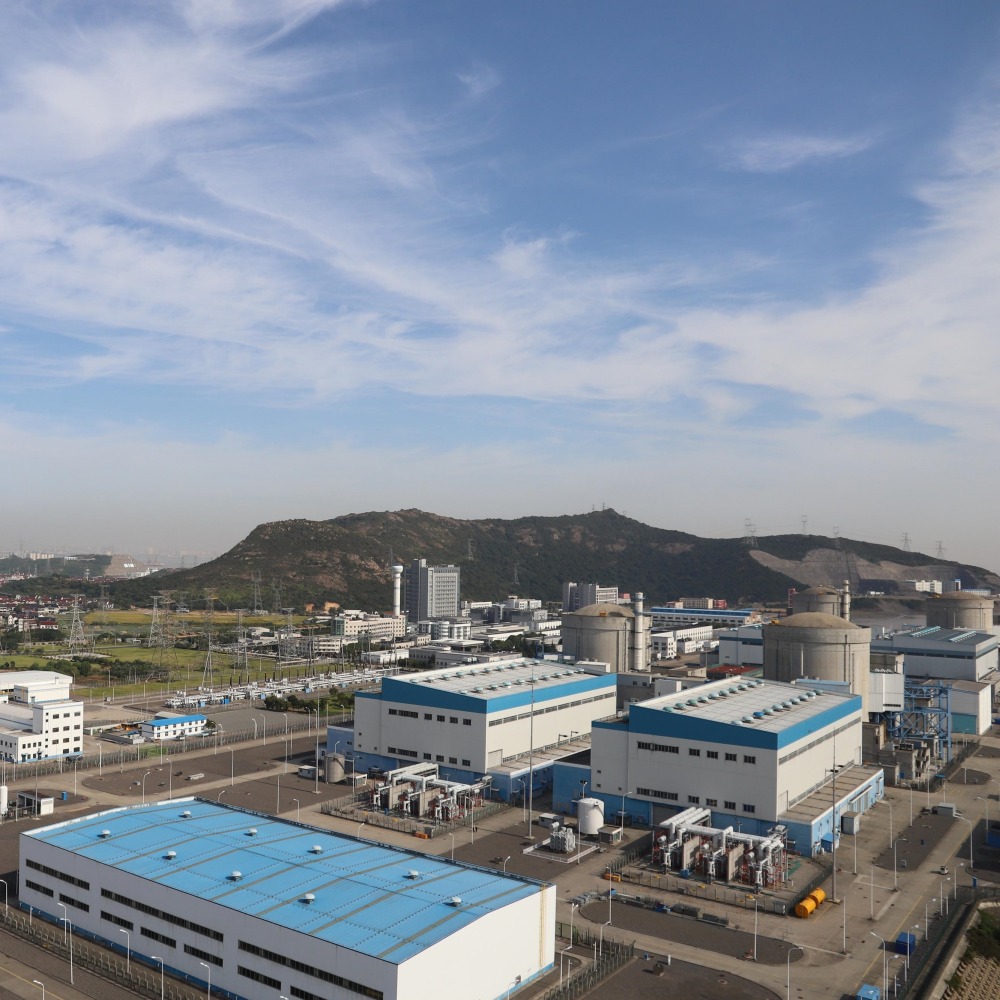Published : 2025-02-05
On February 5, 1912, the Bank of China was established and commenced business in Shanghai.
The predecessor of the Bank of China was China's first national bank, the "Hubu Bank" (戶部銀行), which was established in Beijing in August 1905.
In February 1908, the Hubu Bank was renamed the Bank of the Great Qing (大清銀行), functioning as the central bank.
By 1911, the Bank of the Great Qing had established 35 branches in provincial capital cities and commercial ports nationwide, making it the largest bank in the late Qing Dynasty.
On January 1, 1912, Mr. Sun Yat-sen (孫中山) took the oath of office in Nanjing, and the provisional government of the Republic of China was proclaimed.
At the beginning of the same month, the "Commercial Stockholders' Association" of the Bank of the Great Qing formally submitted a proposal to Sun Yat-sen, suggesting the reorganisation of the Bank of the Great Qing into the Bank of China, to serve as the central bank of the government.
Upon approval, the Shanghai branch of the Bank of the Great Qing ceased operations and began liquidation on February 2 of the same year.
Three days later, the Bank of China was officially established at No. 3 Hankou Road, Shanghai, at the former site of the Bank of the Great Qing.
Subsequently, branches of the Bank of the Great Qing in various locations were also liquidated and restructured into branches of the Bank of China.




























